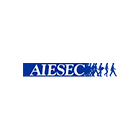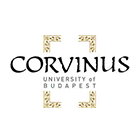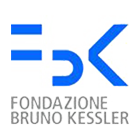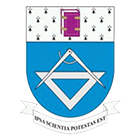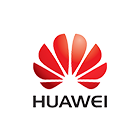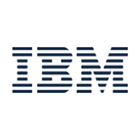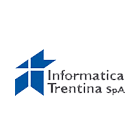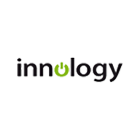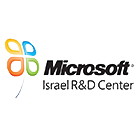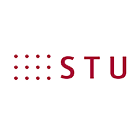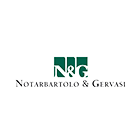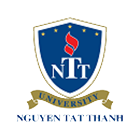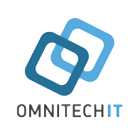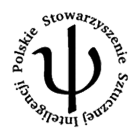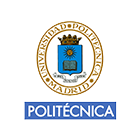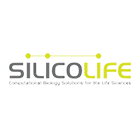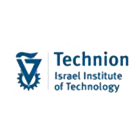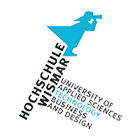eHealth@Home - Infrastructure and services for remote multi-parametering monitoring, analysis and support
Smart home solutions consist of a wide range of hardware and software technologies. Homes, and the way we live and behave in them, have changed dramatically in the past ten years. Today, fundamental trends have emerged:
- Societal trends – Society is ageing; in 2020, a fifth of the European population will be over 65 years old and single parent families are expected to represent 21 percent of total families, increasing demand for new services in the home.
- Digital addiction – Forecasts predict there will be on average 3.6 screens per person in Europe in 2015 (including smartphones and tablets) versus 1.7 in 2000.
- Strong push by large players positioning homes at the centre of the digital ecosystem - As a result a complex ecosystem is emerging comprising whole-home solution also including eHealth services for healthcare and wellbeing.
During the eHealth@Home workshop several aspects of remote multi-parameters monitoring will be presented, together with the results and achievements of ARMOR: Advanced multi-paRametric Monitoring and analysis for diagnosis and Optimal management of epilepsy and Related brain disorders project.
ARMOR project: Epilepsies affect 1-2% of general population, especially in childhood and adolescence. Epileptic seizures manifest with a wide variety of motor, cognitive, affective, and autonomic symptoms and signs and associated changes in the electrical activities of the brain (EEG), heart (ECG), muscles (EMG), skin (GSR), as well as changes in other important measurable biological parameters, such as respiration and blood pressure. Epileptic seizures occur unpredictably and typically outside hospital. ARMOR: Advanced multi-paRametric Monitoring and analysis for diagnosis and Optimal management of epilepsy and Related brain disorders project will manage and analyse a large number of already acquired and new multimodal and advanced technology data from brain and body activities of epileptic patients and controls (MEG, multi-channel EEG, video, ECG, GSR, EMG, etc.) aiming to design ARMOR, a more holistic, personalised, medically efficient and economical monitoring system.
Demo Description
A variety of sensors (EEG, Respiration, Activity, ECG, etc.) will be described and shown. The sensors will acquire the information from the ARMOR staff volunteers; the information will be pre-processed, encrypted and the parameters will be monitored in real-time. All the data captured will be sent to a database where both patients (and their relatives) and doctors would be able to consult the values captured by sensors, as well as, anomalous situations.
Topics covered during the workshop (but not limited to):
- The applicability and efficiency of short range, low power, communication technologies with respect to demanding medical applications.
- The design and implementation of platforms enabling heterogeneous home monitoring of ambient as well as bio-signals.
- The use of robotics in multi-parametric home monitoring.
- Minimizing/Reducing/Selecting the required number of sensors to extract critical results.
- Design, implement and apply new data analysis and pre-processing algorithms/tools.
- Handling data in the home gateway
- Security/encryption
- Real-time alarm situations
- Monitoring Services, anytime everywhere: to monitor (smartphone, PC, tablet…) biometric constants and uploaded it into a database.
- Bank/Database of epilepsy parameters: Store epilepsy related data into a database
- A sensing and data management unit capable to collect, pre-process, store and show health sensor data information in any smart device.
Organizers
Prof. Nikolaos S. Voros, Technological Institute of Western Greece, Greece
Dr. Christos P. Antonopoulos, Technological Institute of Western Greece, Greece
Elena Turco, Sensing & Control Systems S.L., Spain
Paper Submission
Each contribution must be prepared according to the IEEE formatting guidelines (please check Author's kit). Manuscripts should be up to four (4) pages long and should be submitted electronically in their final form before the paper submission deadline. Submissions must include the title of the paper, each author's name and affiliation. Check the Paper Submission for specific information on the electronic submission process. All papers will be peer-reviewed the Technical Program Committee and judged with respect to their quality, originality, and relevance.
Publication
All presented papers in the conference will be published in the proceedings of the conference and submitted to the IEEE Xplore Digital Library.








